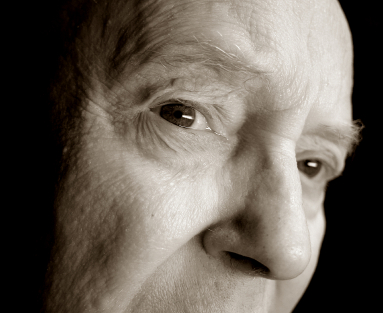Sensory Exam

Mr. Stevens, a 76 yr old male, presented with sudden onset of right arm numbness and difficulty using his right hand along with confusion, difficulty combining words into sentences and vague blurring of this vision. His past medical history is significant for hypertension, diabetes and stable angina. On examination, his speech was fluent but he made paraphasic errors and had difficulty reading and writing. He has a right hemianopia but otherwise his cranial nerve examination was normal. His strength was normal but he had mild right pronator drift. His sensory examination was normal for light touch and pinprick sensation. He has decreased vibration sense in his toes bilaterally but was normal in the arms. He was unable to name objects placed in his right hand without looking at them. He could not determine what numbers were being drawn in his palm on the right. Occasionally, he did not feel stimuli presented to his right side during double simultaneous stimulation.
In this learning module, you will learn about the pathways for sensation and the components of a sensory exam and use this knowledge to accurately localize lesions of these pathways. This information will be applied in the Team Based Learning session.
All of the videos and diagrams shown in this module are from your textbook “Neuroanatomy through Clinical Cases” by Hal Blumenfeld.
Objectives
By the end of this learning module, you should be able to:
- Describe examination techniques for the sensory system
- Identify the basic anatomy of the sensory system
- Apply your knowledge of anatomy and sensory examination skills to localize lesions within the brain, spinal cord and peripheral nerve